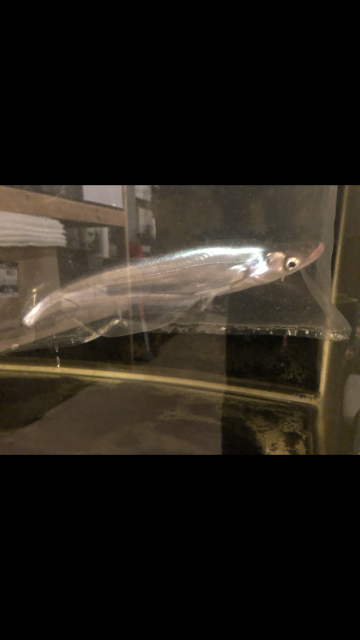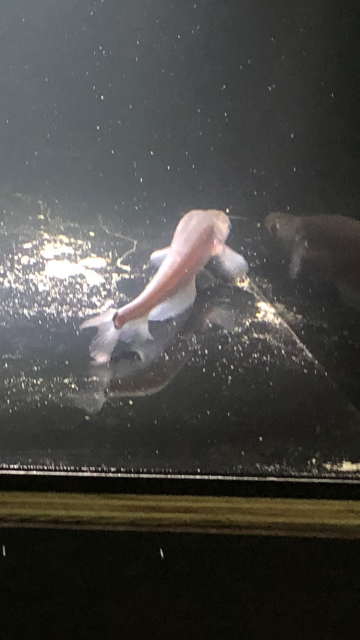Anyone have any experience with these. I have one sold to me as apogon, but I feel it could possibly be bleekeri. I’ve had him for 6 months and feel it hasn’t grown at all but I know they get pretty big. Not the best eater. Very shy, usually hides so it’s hard to get a good pic. I’m hoping he puts size on and can go into my bigger tanks...





